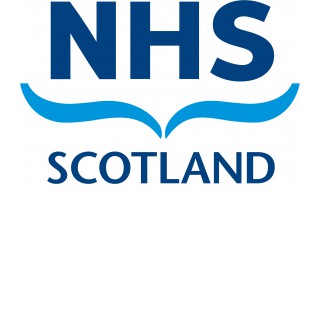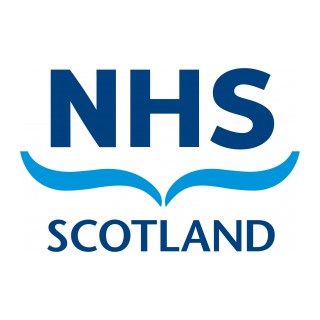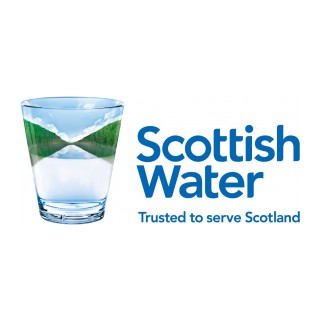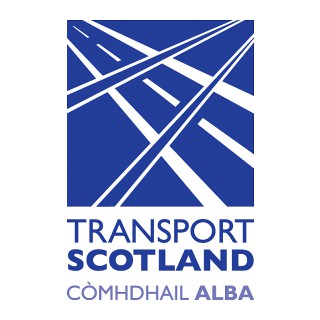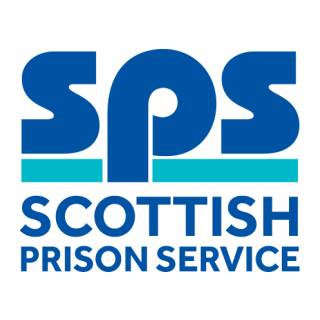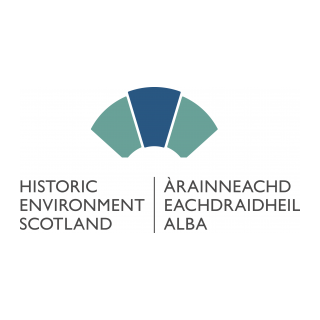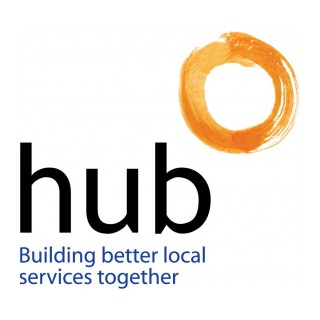One of the key opportunities of BIM Level 2 is having validated, appropriate and highly accurate information to support organisational and or project decision making. Therefore, to understand what data that is required and when this should be mapped against the adopted plan or works or project life-cycle process it will be supporting.
Most clients will follow a recognised plan of work with key stages and gateways which may vary or overlap to suit specific project requirements for example RIBA Plan of Work 2013, or The GRIP process. It is also likely that clients will have their own business process for example NHS Scotland use The Scottish Capital Investment Manual (SCIM) and OGC Gateways. Mapping these together is a good starting point as per the diagram below. This can be done within the BIM Navigator.
See link to NHS Lifecycle process map.
Once these high-level stages have been established, key processes should then be added for the related activities such as creating the business case, procurement, handover etc. Once complete as per the diagram below from the Ministry of Justice key decision points, data drops and supporting Plain Language Questions can be mapped along with the data and information required to support these activities. As well as helping define information requirements the mapping of processes also helps inform the timing of informaiton delivery.
Data drops or sometimes referred to an ‘information exchange’, are the information that is required by a particular stage or gateway. These data drops are likely to include a range of information, such as model files, reports and schedules. What information and to what level of definition your data drops contain should be driven by the amount of information needed to answer a PLQ.
PLQs are the questions that a client needs answering at a particular project approval gateway in order that the project progresses to the next stage. Put another way, a PLQ, is a broad information requirements, against which the supply chain will respond with data taken from models and other sources.
The lifecycle mapping will help inform the Employers Information Requirements (EIRs) and appropriate levels of digital deliverables to support a staged gateway process.
With BIM we must consider the Level of Definition in the context of Level of Detail (the geometrical granularity of model objects) and Level of Information (the non-graphical information − such as performance requirements and associated documentation) as illustrated below.
Describing the information required from the supply chain in terms of both graphical and non-graphical information allows an over picture to be understood. Graphical and geometrical information can describe the height and width of a wall for example, however information such as the walls performance and compressive strength are described in the written word, such as specifications and associated documentation.
While a high level of graphical and parametric information may be required at the beginning of a project, this is likely to decrease as the project progresses whereby there may be an increase in non-graphical information to assist the operations and maintenance stages such as warranty, serial numbers, asset tags and installation information.
The workshop process to establish the projects digital lifecycle should include as many different member of the client’s life-cycle team as possible especially: procurement, construction and especially the operational teams. The workshops should also be seen as an opportunity for business improvement and an opportunity to lean the lifecycle process.
